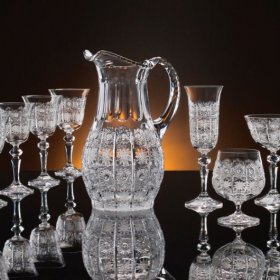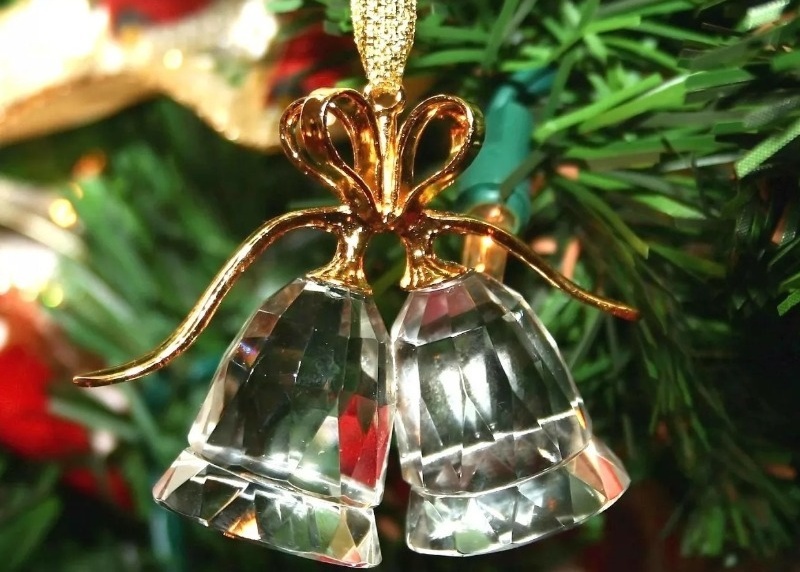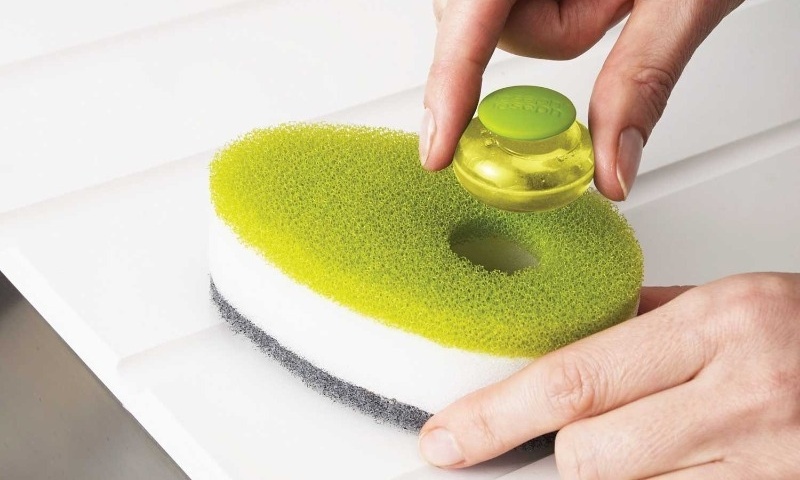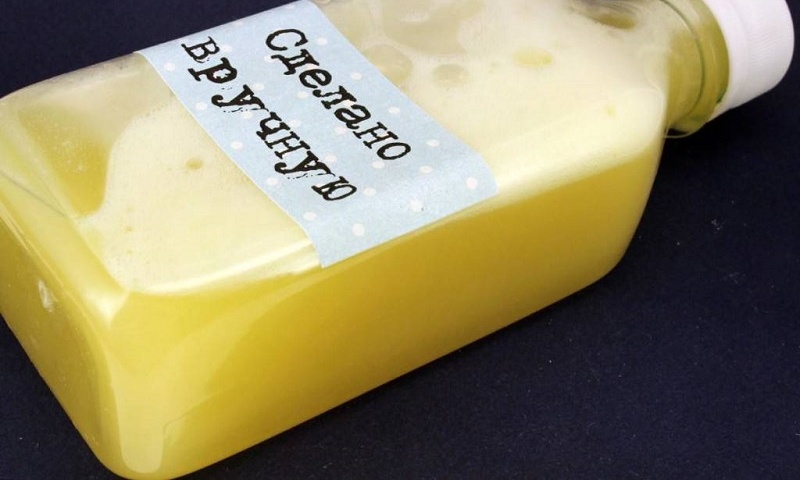5 rules for quality and gentle washing of crystal glassware

Crystal dishes are usually placed on the table for special occasions and holidays. Most of the time, glasses and plates are stored in cabinets, but even on closed shelves and in cupboards with doors, dishes become dusty and yellow. It is worth considering how to update the crystal and make it shine in order to decorate the New Year's table with it.
Preliminary dust removal
Indestructible dust collects everywhere and clogs the embossed surface. It will be easier to deal with dirt and stains in the washing process if the gray coating is carefully removed by wiping objects with a dry, clean cloth.
Crystal, covered with intricate carvings, needs more thorough cleaning. On the grooves of the volumetric ornament you need to walk with a toothbrush with a very soft pile.
Temperature selection
When the dishes are prepared, you need to go directly to washing. Crystal does not like a sharp change in external temperature. This mineral has a natural crystal lattice, in the nodes of which the residual stress is preserved. Upon contact with very hot water, the product may become covered with an unaesthetic network of cracks (sometimes the damage is so small that it is difficult to see with the naked eye) and burst after a while.
To avoid troubles at the most inopportune moment, having received a mountain of fragments instead of a festive table decoration, you should “bathe” objects in water that does not burn your hands (approximately 35-40 ° C).
Using mild detergents
Aggressive compounds containing chlorine and alkali are not suitable for the care of crystal - it dims. Coarse abrasive cleaning powders scratch the delicate surface, making it cloudy. It is worth choosing a solution of several drops of liquid soap (for example, traditional Feri) diluted in water of moderate temperature for washing. Such a composition foams well and is applied with the usual foam rubber sponge or non-woven cloth.
If you find old fingerprints on the glasses, you can erase them by adding brightness to the products with the help of mixtures prepared according to popular recipes. For clarification, apply:
- Dry starch. The surface is sprinkled with powder and wiped until the stains disappear. Then the remains are thoroughly brushed off.
- A thick paste of equal parts of water and crushed chalk or, for greater effect, a mixture of water, small salt and vinegar (9%) in a ratio of 1: 2: 2. The gruel is spread, kept for 10 minutes, and then washed off, rinsing well.
- Soda solution. With minor impurities, one tablespoon mixed in a liter of water is enough to make the soaked dishes clean in a few minutes. The method is suitable for tall wine glasses and long narrow vases, the bottom of which is difficult to reach by hand, and the brush can be scratched.
- Potatoes. Apply cooled broth, and mashed boiled vegetable, and grated raw tubers.
- A mixture of hydrogen peroxide (3 tablespoons) and ammonia (1 spoon) will wash off even the toughest plaque and white spots. The original shine will return.
- Coca Cola.Perfect for soaking chandelier and sconce pendants. All removed parts are poured with a drink and left to soak for half an hour. Then gently stir and rinse.
Of course, in the distribution network you can also find ready-made preparations that clean the crystal - effective and quite economical to use. For utensils - on a gel basis, and for fixtures - in the form of sprays. You can also use a standard glass cleaner.
When using a dishwasher, you must adhere to the following rules:
- wash only thick-walled and low objects;
- stack glasses and small vases at some distance from each other;
- Do not mix with other kitchen utensils - plates, pans, cutlery;
- use only gentle detergents - gels and soluble tablets.
Choose the most attractive and budget option for yourself. If you protect your hands, then you need to work in protective gloves. This is especially true of compounds, which include vinegar and ammonia. Caustic ammonia fumes irritate the mucous membranes - cover your nose and mouth with a gauze mask and eyes with glasses, remove pets and children from the room. After the procedure, items are thoroughly washed with a flowing stream. To avoid salt stains, it is worth using purified water that has passed through a barrier filter, or softened with any acid - a little vinegar or lemon juice.
Shock protection
In order not to break fragile objects, do not place them in the prepared solution in several pieces - follow the order. Although the time spent will increase, the dishes will not suffer. And for greater safety, it is better to put a large plastic bowl or basin in the kitchen sink.
At the bottom of even such a vessel, it’s worth putting a small rubber mat, a mesh shell insert or a piece of bubble wrap.
If you don’t have the necessary things at hand, you can use a thick cloth or a fluffy towel. Moreover, the latter is preferable - it is possible to cover both the walls of the tank and its sides.
Dry wiping
The final stage of care is wiping and polishing products. Not every fabric will do the job well. A thick cotton napkin, microfiber or high-quality paper towels will not scratch the surface and leave no streaks.
A great idea for the final surface treatment is rubbing things to a shine with a piece of soft suede for glasses.


